RWC: England vs New Zealand Rugby World Cup semi-final talking points
Follow our live blog as England face New Zealand in the Rugby World Cup semi-finals on Saturday in Yokohama; Kick-off: 9am
By Michael Cantillon in Tokyo
Last Updated: 05/11/19 4:38pm
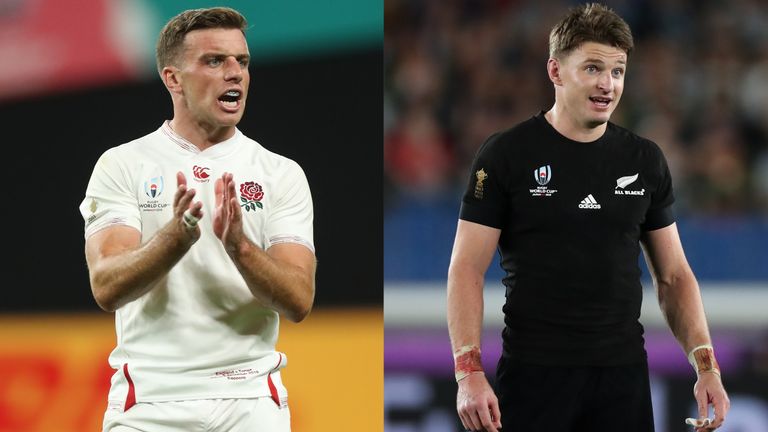
From spygate to the back-row, the lineout to changing half-backs, we take a comprehensive look at things ahead of a gargantuan World Cup semi-final between England and New Zealand in Yokohama on Saturday...
Spygate...?
The respective approaches by head coaches Eddie Jones and Steve Hansen at their Tuesday press briefings was fascinating.
For his part, Hansen - speaking first - was wholly respectful and looking to turn the heat down on Saturday's encounter.
Jones was second out of the blocks, but seeking immediately to stir.
"New Zealand talk about them walking towards the pressure. Well this week the pressure is going to be chasing them down the street," one of the standout quotes from a bullish Jones.
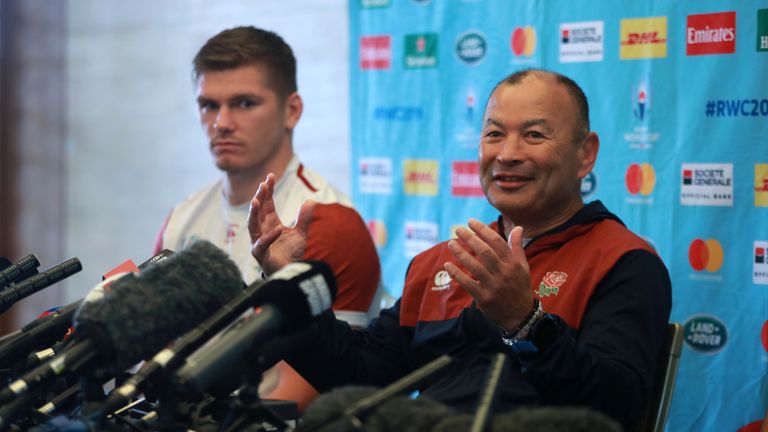
Near on a dozen times in the press conference, he claimed all the pressure was on New Zealand.
"Put up your hand if you think we can win…there you go, so no one thinks we can win. There's 120 million Japanese people out there whose second team are the All Blacks." It was siege mentality, and then some.
But the best was yet to come. Asked an innocent enough question about preparation and his players' experiences from the 2017 Lions tour in New Zealand, Jones bizarrely shoehorned in that his side's training had been filmed and spied upon from nearby flats.
"There was definitely someone in the apartment block filming but it might have been a Japanese fan. We don't care, mate." And with that, and a loose insinuation in the direction of the All Blacks, the story was written and morning papers filled.
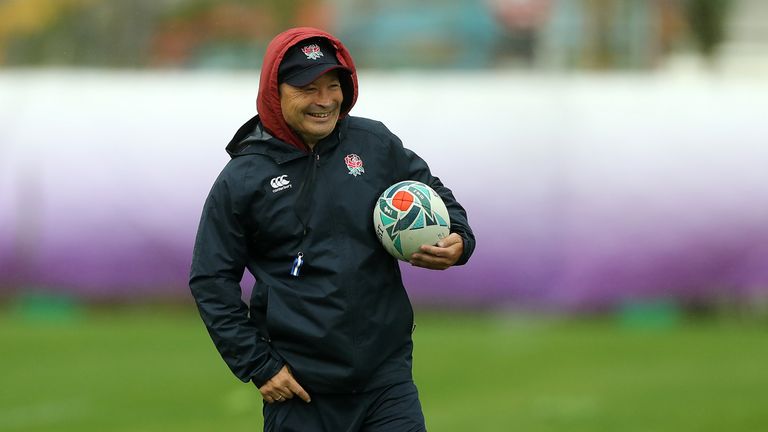
Hansen was chirpier by Thursday and in good humour too.
"All is fair in love and war. There's nothing better in war than to throw a wee distraction out there," the Kiwi coach said. "He [Jones] didn't call it us [who spied], he was very deliberate.
"That same pressure's running down the same street we're on. I've got memories of a tournament four years ago that didn't go that good for them [England]." A stinger in response from the World Cup winner.
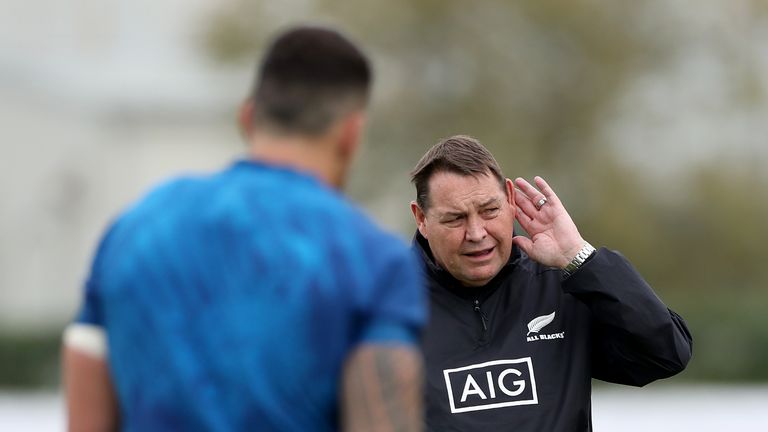
All light-hearted, if filled perhaps with a smidgen of edge, and compelling - in a nonsensical sort of way - all the same. Jones had somewhat succeeded in dragging Hansen into a slagging match - indeed the majority of the questions asked of the Kiwi revolved around pressure and spying.
As Hansen stated himself, however, Jones' press performance - and a show it was - was likely entirely to generate external murmurings away from his side.
A first semi-final for 12 years. There's a hefty degree of pressure on these England players too.
The master of distraction or ill-judged antagonism? We shall see…
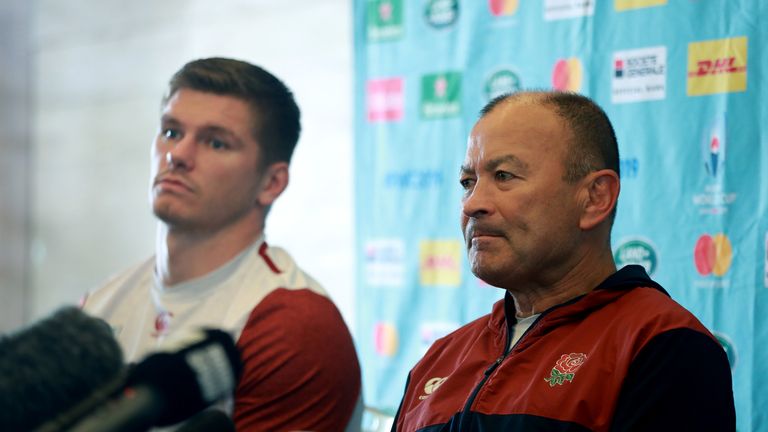
All Black experiments
New Zealand headed to this World Cup having failed to win in eight Tests since the last tournament. They looked far from menacing in the most recent Rugby Championship and many were sucked into believing they were vulnerable.
To combat what wasn't operating to standard, Hansen took some huge decisions.
One of the premier full-backs in the history of the sport was dropped in Ben Smith. Two-time World Player of the Year Beauden Barrett was shifted from his position of fly-half to the 15 shirt. Richie Mo'unga brought in at 10.
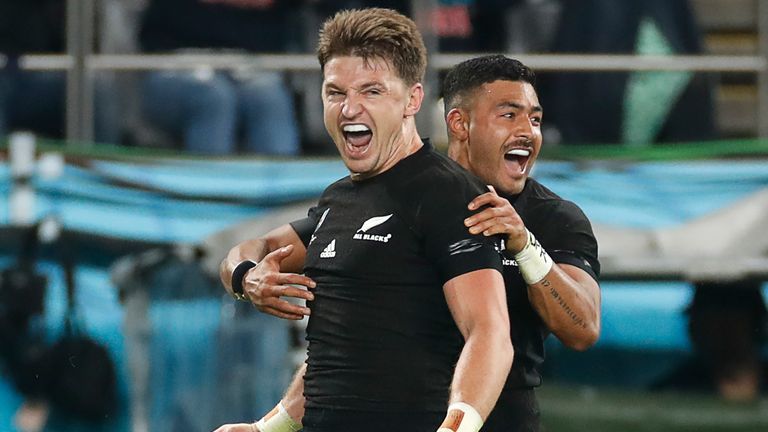
One of the most decorated props in rugby, Owen Franks, was overlooked from the entire World Cup squad.
2017's World Breakthrough Player of the Year Rieko Ioane, the All Blacks' supremely talented wing, has fallen out of the 23.
Such decisions are ones arguably no other coach in world rugby would make. But, so far, they have worked magnificently.
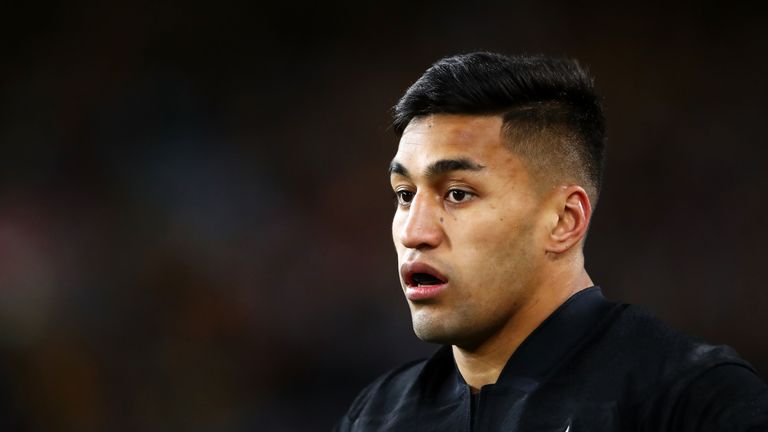
Having Barrett at full-back in this World Cup has been a near masterstroke - the elusive playmaker performing outstandingly well in victories over South Africa and Ireland. Mo'unga has stood out too, and shouldered kicking responsibilities - taking further pressure off Barrett.
In-form Crusaders wings George Bridge and Sevu Reece have also lit up the All Black back division.
On Thursday, experienced openside Sam Cane was dropped down to the replacements bench, with Scott Barrett starting his first ever Test for New Zealand at blindside flanker. The latest in a long-line of left-field calls.

Might such experiments eventually cause the All Blacks to come unstuck? England will surely be targeting such inexperienced combinations.
The back-row battle
Starved of possession and territory for so long against Australia, it was the ability of Tom Curry and Sam Underhill to tackle, disrupt and turnover ball at crucial times which allowed England a platform from which clinical finishing sealed a noteworthy victory.
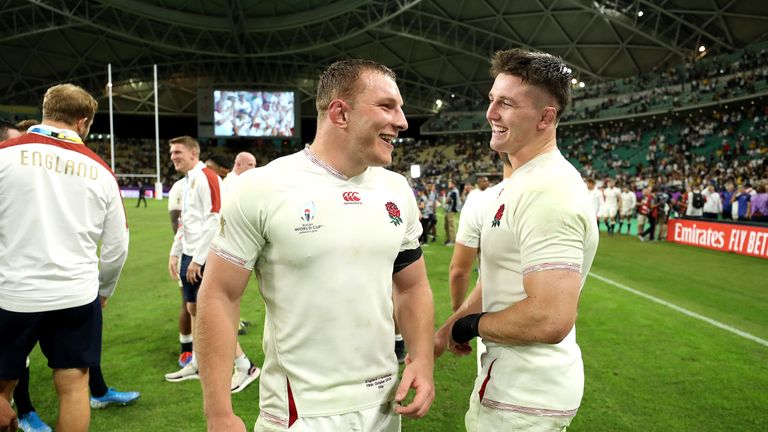
Since adopting the dual-openside threat, England have thrived in the back-row stakes and as such, Jones has stuck with the two for Saturday despite the fact doing so means a loose forward trio of Curry, Underhill and Billy Vunipola provides no recognised lineout option.
Before Thursday, Jones, Curry, Underhill and co would have been forgiven for thinking they would be facing New Zealand's own variation of the openside flanker craze: Cane and Ardie Savea.
Yet, Savea has shifted to seven and Cane down to the bench. The thinking behind Barrett's presence at six presumably two fold: to run at George Ford (who is back and starting at 10) and to compete at the lineout (more on that in a moment).
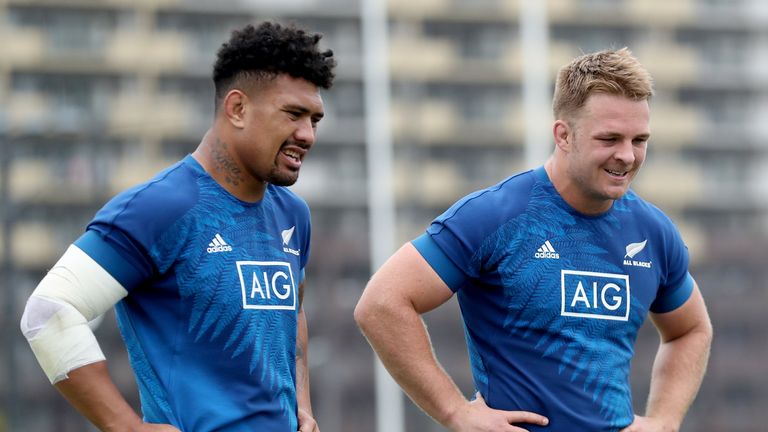
Cane is a breakdown specialist, however, and removing him from the side does weaken New Zealand at the ruck - a zone Curry and Underhill have flourished in.
The breakdown, so often critical, would have been a focal point of attack for England notwithstanding the All Black team selection. But with Hansen's side in mind, can Jones' dominate this area and potentially take control of proceedings?
Lineout is king
The last time these two sides faced each other came in November 2018 - the All Blacks recovering from a 15-0 first-half deficit to win the game by a single point.
That day in Twickenham, the physicality stakes were off the chart from both sides. Indeed, England rocked New Zealand back and competed across the park with their lofty counterparts.
The one point of obvious difference? The lineout.
England's lineout that day, with hooker Jamie George and second rows Maro Itoje and Courtney Lawes involved - all in to start at Yokohama - malfunctioned and faltered badly, as they lost five on their own throw.
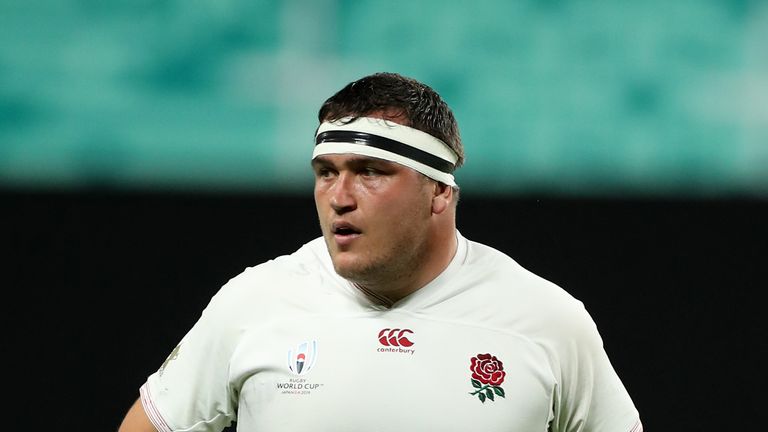
It was the most they had given up in a Test since November 2012, and proved the major contributor to their downfall.
It's for this reason that many expected Jones to bring Saracens lock George Kruis in for the semi-final to run the lineout, or to tinker with his back-row.
New Zealand have two world-class hookers in Codie Taylor and Dane Coles, the premier lock combination in world rugby in the shape of Brodie Retallick and Sam Whitelock, while they've also added another natural second row in Barrett to the side.
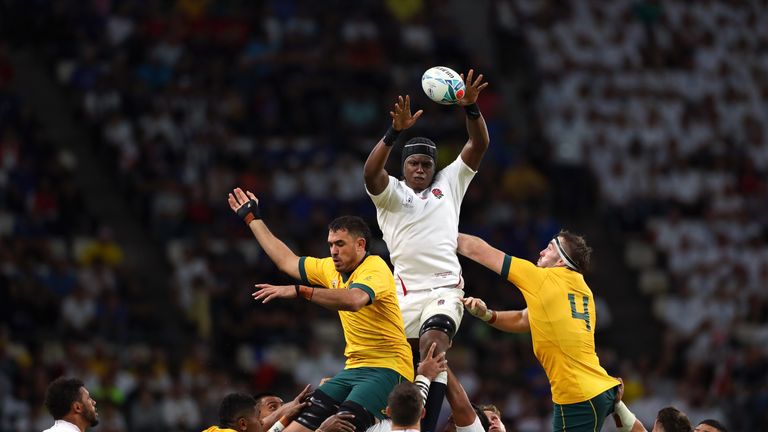
Moreover, All Blacks skipper Kieran Read is also a key lineout option, while Hansen has named another lock on the bench in Patrick Tuipulotu.
It's sure to be a pivotal set-piece - can England compete and maintain parity?
All change in the half-backs
Who would have been able to predict, even as recently as five months ago, that the starting fly-halves for England and New Zealand in a Rugby World Cup semi-final would not be Owen Farrell and Beauden Barrett? - and not so by absolute choice.
Ahead of this tournament, Barrett had finished the 2018 campaign as New Zealand's undisputed fly-half, while Farrell had worn 10 throughout England's impressive, if trophy-less, 2019 Six Nations.
It was not until July 2019 that Mo'unga and Barrett were thrust into the dual-playmaker set-up we see today. In August 2019, Farrell and Ford were paired again for the first time in over a year in England's dual-first receiver system.
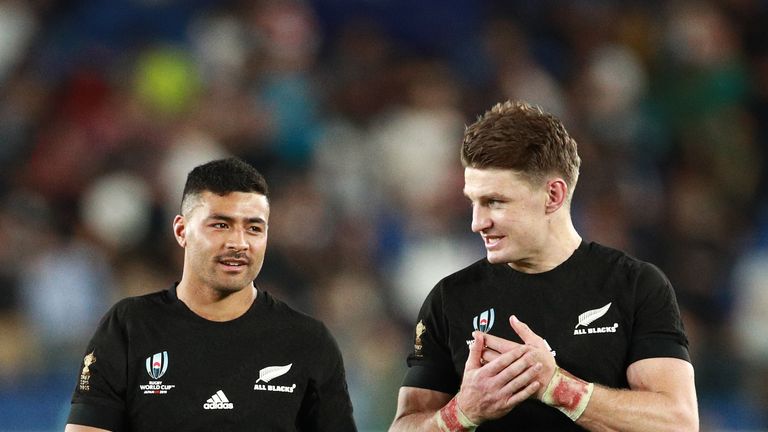
World Cup Tests against Tonga, USA and Argentina saw Ford and Farrell played together before Jones sprang a surprise in the quarter-finals against Australia, restoring Farrell to 10 and picking a centre partnership of Manu Tuilagi at 12 and Henry Slade at 13.
At Stadium Yokohama, Ford will be in the fly-half position, however, Farrell in the centre and Tuilagi pushed out one to 13.
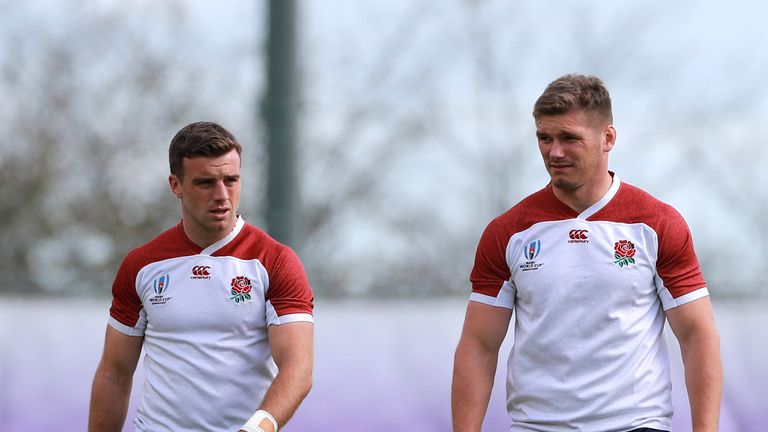
It means we will have dual-playmaker vs dual-playmaker. A tantalising prospect.
One thing Ford and England must improve from the quarter-final victory over the Wallabies is possession and the quality of it. They had just 34 per cent against Australia - if this is not increased in the face of the All Blacks, they face elimination without firing a shot.
England: 15 Elliot Daly, 14 Anthony Watson, 13 Manu Tuilagi, 12 Owen Farrell, 11 Jonny May, 10 George Ford, 9 Ben Youngs; 1 Mako Vunipola, 2 Jamie George, 3 Kyle Sinckler, 4 Maro Itoje, 5 Courtney Lawes, 6 Tom Curry, 7 Sam Underhill, 8 Billy Vunipola.
Replacements: 16 Luke Cowan-Dickie, 17 Joe Marler, 18 Dan Cole, 19 George Kruis, 20 Mark Wilson, 21 Willi Heinz, 22 Henry Slade, 23 Jonathan Joseph.
New Zealand: 15 Beauden Barrett, 14 Sevu Reece, 13 Jack Goodhue, 12 Anton Lienert-Brown, 11 George Bridge, 10 Richie Mo'unga, 9 Aaron Smith; 1 Joe Moody, 2 Codie Taylor, 3 Nepo Laulala, 4 Brodie Retallick, 5 Sam Whitelock, 6 Scott Barrett, 7 Ardie Savea, 8 Kieran Read (c);
Replacements: 16 Dane Coles, 17 Ofa Tuungafasi, 18 Angus Ta'avao, 19 Patrick Tuipulotu, 20 Sam Cane, 21 TJ Perenara, 22 Sonny Bill Williams, 23 Jordie Barrett.
